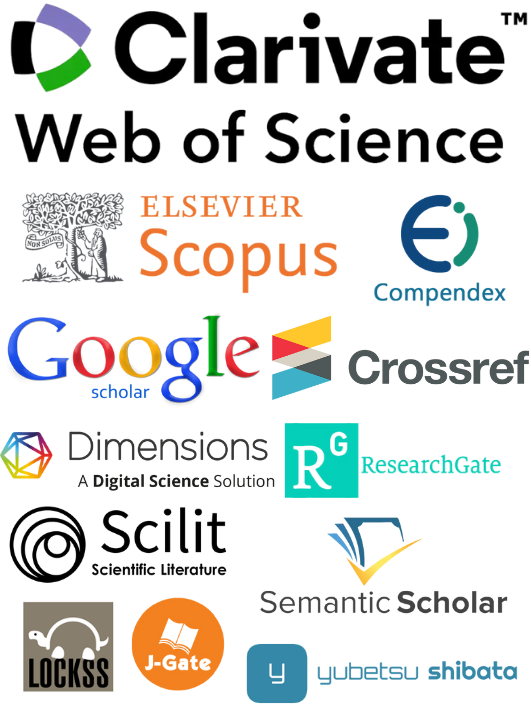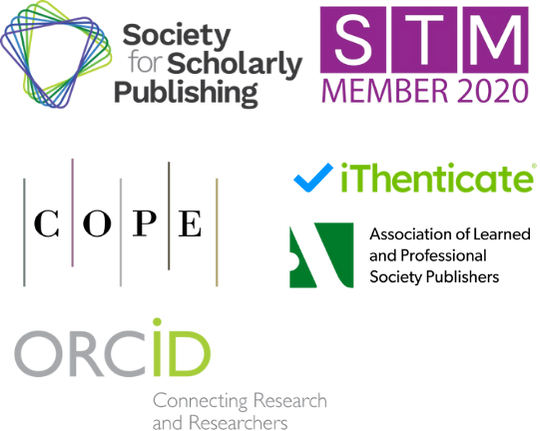Assessment Methods for Evaluating Ballet Students in Different Pedagogical Approaches
DOI:
https://doi.org/10.71222/rym5pm31Keywords:
ballet assessment, pedagogical approaches, dance education, evaluation methods, technology integration, student developmentAbstract
The evaluation of ballet students requires sophisticated assessment methodologies that account for the complexity of dance education across different pedagogical frameworks. This paper examines contemporary assessment methods employed in ballet education, analyzing their effectiveness across traditional, modern, and technology-enhanced pedagogical approaches. Through comprehensive analysis of current research and pedagogical practices, this study identifies key assessment criteria including technical proficiency, artistic expression, physical development, and cognitive understanding. The research reveals that effective ballet assessment requires a multifaceted approach combining formative and summative evaluation techniques, incorporating both traditional observational methods and innovative technological solutions. Motion capture technology, computational models, and digital assessment tools are increasingly integrated into ballet pedagogy to provide objective measurements alongside subjective artistic evaluation. The findings indicate that successful assessment programs must balance technical skill evaluation with artistic development, considering individual student progress within diverse pedagogical contexts. Furthermore, the study demonstrates that contemporary assessment methods benefit from teacher-student collaborative approaches and peer evaluation systems. The integration of technology-enhanced assessment tools with traditional pedagogical methods shows promising results in providing comprehensive feedback to ballet students. This research contributes to the understanding of how assessment methodologies can be optimized to support student development across different ballet pedagogical approaches while maintaining the artistic integrity essential to dance education.
References
1. Y. Huang, "Enhancing ballet posture Teaching: Evaluation of a scientific computing model with motion capture integration," Entertain. Comput., vol. 52, p. 100824, 2025, doi: 10.1016/j.entcom.2024.100824.
2. Z. Zhang and W. Wang, "Enhancing dance education through convolutional neural networks and blended learning," PeerJ Comput. Sci., vol. 10, p. e2342, 2024, doi: 10.7717/peerj-cs.2342.
3. M. Wilson, "Dance pedagogy case studies: A grounded theory approach to analyzing qualitative data," Res. Dance Educ., vol. 10, no. 1, pp. 3–16, 2009, doi: 10.1080/14647890802697148.
4. S. Davis, K. M. Thomson, K. L. M. Zonneveld, T. C. Vause, M. Passalent, and N. Bajcar et al., "An Evaluation of Virtual Training for Teaching Dance Instructors to Implement a Behavioral Coaching Package," Behav. Anal. Pract., 2023, doi: 10.1007/s40617-023-00779-z.
5. D. Wilson and P. Richards, "Building a case for coaching: informing an innovative, pedagogical approach to dancer develop-ment," Res. Dance Educ., pp. 1–18, 2022, doi: 10.1080/14647893.2022.2097656.
6. Heidi Marian Haraldsen, Bård Erlend Solstad, Danielle, H. Gustafsson, S. M. Nordin-Bates, and C. J. Knight, "An exploration of reciprocity among teacher and students in female pre-professional ballet education: a shared reality theory perspective," Front. Educ., vol. 8, 2023, doi: 10.3389/feduc.2023.1148922.
7. N. Rowe, X. Xiong, and H. Tuomeiciren, "Dancing from policy to pedagogy in China: Transgressions, surveillance and re-sistance from students, teachers and institutional leaders," Policy Futures Educ., vol. 18, no. 8, 2020, doi: 10.1177/1478210320907802.
8. L. Yang, "The Evolution of Ballet Pedagogy: A Study of Traditional and Contemporary Approaches," J. Lit. Arts Res., vol. 2, no. 2, pp. 1–10, 2025, doi: 10.71222/2nw5qw82.
9. E. Alokla, M. Stasica, M. Puttke, V. Firouzi, M. Ahmad Sharbafi, and A. Seyfarth, "The Effects of Imagination on Performance in Ballet: A Case Study," Sports, vol. 13, no. 5, p. 132, 2025, doi: 10.3390/sports13050132.
10. N. Andersson, "Making space for assessment: dance teachers' experiences of learning and teaching prerequisites," Res. Dance Educ., vol. 19, no. 3, pp. 274–293, 2018, doi: 10.1080/14647893.2018.1523380.
11. M. Wirdnam, C. Bonello, S. Mayes, J. Cook, and K. Ferrar, "Performance Quality Assessment in Ballet, Modern and Contem-porary Dance: A Two-Step Systematic Review," J. Dance Med. Sci., 2024, doi: 10.1177/1089313x241272139.
12. X. Ling, Z. Yang, M. T. Wei, Y. J. Bai, Y. Yuan, and Y. S. Cui et al., "Develop a formative assessment protocol to examine the practice of Popping dance in students online learning," Front. Educ., vol. 8, 2023, doi: 10.3389/feduc.2023.1207086.
13. B. F. Soerel, L. A. Plaatsman, J. Kegelaers, J. H. Stubbe, R. M. van Rijn, and R. R. D. Oudejans, "An analysis of teachers' instruc-tions and feedback at a contemporary dance university," Front. Psychol., vol. 14, 2023, doi: 10.3389/fpsyg.2023.1133737.
Downloads
Published
Issue
Section
License
Copyright (c) 2025 Ying Wang (Author)

This work is licensed under a Creative Commons Attribution 4.0 International License.


